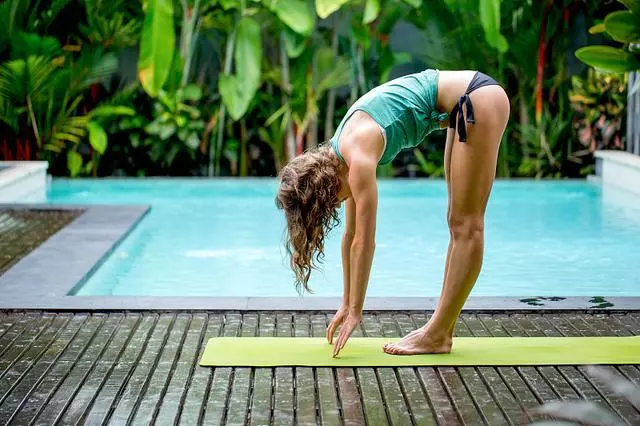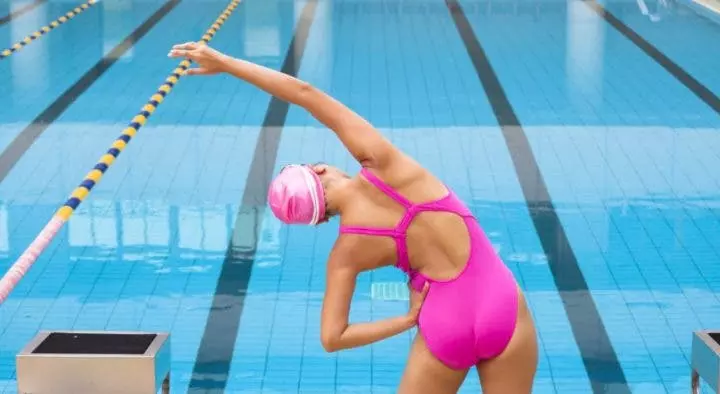First of all, muscle cramps can be prevented. As is known to all, the temperature of the human skin is generally higher than that of water. If we enter the water without doing exercises, our muscles stimulated by the cold water would contract involuntarily and forcibly, which results in cramps, strains or other feelings of discomfort and in severe cases, drownings. Warm-ups are able to pre-warm the muscles and improve blood circulation so that we can resist the stimulation of the cold water.
Next, the conditions all organs are in can be adjusted to overcome their inertia. It takes some time for our internal organs to fit the static-dynamic transition. Therefore, warm-up exercises can help the nervous, cardiovascular and respiratory system get excited as soon as possible to generally adapt to the needs of swimming, avoiding the pain in the liver and spleen and being conducive to the improvement of the cardiopulmonary function.
Further, the strength and elasticity of muscles can be increased. Warm-ups enable muscles to get rid of being stiff and widen the joints' scope of activity. A considerable level of coordination and flexibility can be possessed. And the comprehensive benefits of exercises can improve the performance in swimming and reduce the risk of muscle and joint injuries.

As for the guide to warm up, it is recommended to start with exercises that are at a slower pace and easy to control and gradually increase their speed and intensity. Aerobic exercise can be done first. For example, jog laps around the swimming pool for about five minutes, and then undertake some free-hand exercises like arm action, kicking, waist twisting or swimming simulation exercises such as stroke, leg kick and respiration in the field next to the pool. These activities need to be carried out alternately for different parts of the body and some areas of particular relevance to swimming ought to be fully warmed up.
Except for jogging, most of the said exercises can be done in the form of dynamic stretching of muscles so as to increase the range of motion of joints, maintain the rapid circulation of blood and raise the temperatures of the body and muscles. Last, before completing these warm-ups, don't forget to wet the body with cold water to fit the water temperature, and avoid entering the water directly with the sweaty body.

Next: Causes and Prevention of Surfing Injuries
Previous: How to Wear Board Shorts